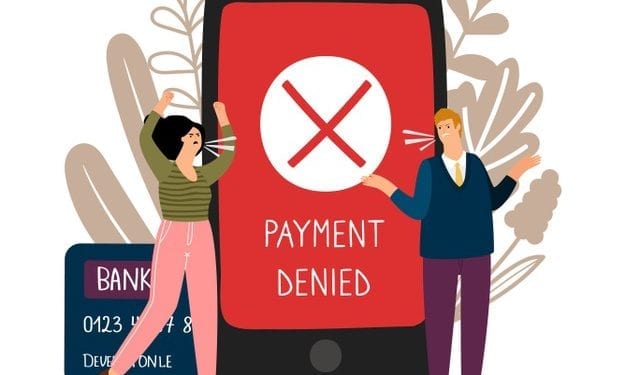Analyze Your Holiday 2020 Fraud Data Now to Prep For Holiday 2021

With the 2020 winter holidays in the books, ecommerce merchants are planning for the 2021 holiday sales season. That planning should include a review of your store’s 2020 holiday fraud-prevention practices to identify strategies that worked and areas for improvement.
Because holiday sales started earlier in 2020 and didn’t focus so much on Black Friday and Cyber Monday, you may find that your systems performed differently than in other sales peaks. What should you look for? Let’s walk through the process.
How did your fraud prevention system perform?
You can start by analyzing your chargeback ratio for November and December. Once you know your holiday-season chargeback ratios, you can compare them to the rest of 2020. Did you experience more fraud during the holidays than the rest of the year? You can also compare the 2020 holiday season to the 2019 holiday to see if there’s a year-over-year increase in fraud.
If your fraud rate increased during the 2020 holidays, what kinds of transactions were getting through your fraud filters? Attributes to examine include:
- Commerce channels: Mobile, social, web, BOPIS and point-of-sale all have their own fraud risk profiles.
- Products: Fraudsters often target products or categories that ship fast and are easy to resell.
- Locations: Fraud ring activity can show up as a surge in orders from or to a specific area.
- Customer profile: New customers can be fraudsters, while fraud by existing customers can indicate account takeover.
- Payment methods: Which were used most often in transactions that were charged back?
What if your chargeback rate declined during the holidays? Examine your rules to see what worked. Were you using new rules? Did your system block only fraud attempts, or did it also reject good orders?
Did you reject good customers during the holidays?
If you don’t manually review flagged transactions, you likely have a false decline problem. That’s because fraud screening tools can catch issues like a mismatch between the billing address on record and the one the customer entered. But it may take a human to verify that the mismatch is due to a recent move, for example.
Turning away good orders costs you profit on those sales, of course. But the larger issue is that 39% of customers won’t come back to a store that rejects their payment. That’s a lot of repeat business to lose. And 28% of rejected customers say they’ll post a complaint on social media. That can make other people less likely to shop in your store.
Those figures come from a March 2020 Sapio survey of online shoppers in five countries that was commissioned by ClearSale. That study turned up another interesting data point: only 14% of customers would never go back to a store where they experienced fraud. It seems that shoppers take rejection much more personally than fraud, so it’s important to avoid insulting them with inaccurate fraud controls.
Many fraud tools simply label all declines as fraud, so you may not have an accurate number for your store. You can estimate your false declines using the percentage we typically see: 65%. For example, if your store declined 10% of all holiday season orders, you could estimate that 6.5% of them were good.
If you have the time and resources, you can pull random batches of rejected holiday orders for manual review. Then you can come up with an average for your holiday season false decline rate. You can also compare your holiday season false decline rate to the rate during the earlier part of 2020.
Fix issues now for more orders and better CX through the 2021 holiday season
To reduce chargebacks, tune your automated rules to fraud patterns in your store. You can maintain these adjustments year-round or only during the next holiday season, depending on the fraud trends you see at different times.
For example, what if you saw a spike in fraud by new customers using your mobile app during the 2020 holiday, but many good orders from new customers on your website? Next holiday season, you could adjust your rules to scrutinize new mobile shoppers more carefully than new desktop customers to stop more fraud without increasing friction for good customers using a different channel.
To fix false declines, implement manual review of all orders flagged by your automated system. Once you have the resources to evaluate and approve good orders, you should see higher order volume, more profit and less customer churn.
Over the course of 2021, a reduction in false declines can help you build a larger base of repeat shoppers that you can market to for the holidays, and that can raise your average customer lifetime value. With fewer rejected customer complaints on social media, your brand image can help, not hinder, your marketing efforts. And as your analysts approve orders, that data can train your automated system’s algorithms to get smarter about which orders are fraud and which aren’t. Then, the system flags fewer good orders, and they get approved faster.
By analyzing your fraud and false decline data from the 2020 holiday season, you can go into 2021 ready to give your customers a better experience all year. You can also make it easier to stop fraud and approve more orders during next year’s holiday shopping season.
Original article published at: https://www.paymentsjournal.com/analyze-your-holiday-2020-fraud-data-now-to-prep-for-holiday-2021/
 Rafael Lourenco
Rafael Lourenco